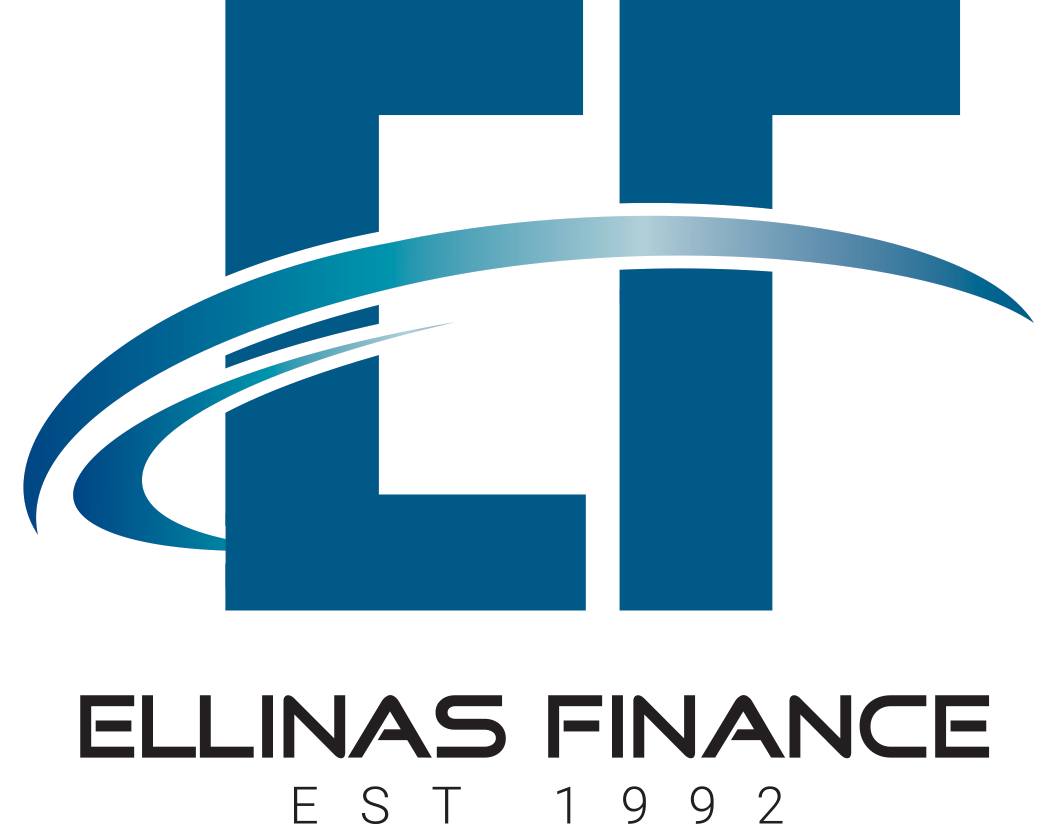
Wearables garnered considerable traction over the last few years, as the new ‘it’ gadget for fitness and health. Single-purpose portable fitness devices gradually gave way for the development of a niche market, where technological innovations facilitated the development of gadgets like smartwatches.
Digital innovations in gadgets are paving the way for a revolution in banking, as portability and convenience are now at the forefront. Smartwatches are possibly the easiest way to incorporate both portability and convenience, as they are easily embedded in everyday routine and they are always on.
However, being able to pay simply with a gesture instead of using cash or credit cards, requires more than just a device; it also requires the collection and organisation of an individual’s data. Instead of filing data for credit and debit cards which can be lost, broken, or digitally corrupted, wearables are now incorporating financial details in order to make payments.
Innovation in wearable technology is increasingly progressing as financial institutions are looking to further engage with their clients. Today, we have chatbots and methods of communication with financial institutions through smart devices. In the near future, we will be able to make payments through a simple gesture with our hands and fingers.
Companies in the financial industry are looking to develop technology to protect customers from fraudulent activity and enhance payment efficiency. Wearables also have the capacity to allow clients to engage with their financial institution on a more personal level. This is a great selling point for banks, as they try to mitigate the disruptions technology and automation impose on human communication.
Predictions suggest that the wearable market will grow considerably, and will be part of an even larger revolution than Internet banking; the Internet of Things. However, this growth is not without security concerns.
In order for wearables to dominate banking, as internet banking has done so far, security risks need to be addressed and resolved. For instance, any details transferred between wearables is done so as plain text. In order for wearables to be considered safe and reliable, especially with regards to sensitive data, information must be conveyed using encryption.
As technology evolves, so must the financial industry. Wearable technology in the financial sector aims to personalise and secure assets and payment methods, and we are one step closer.

